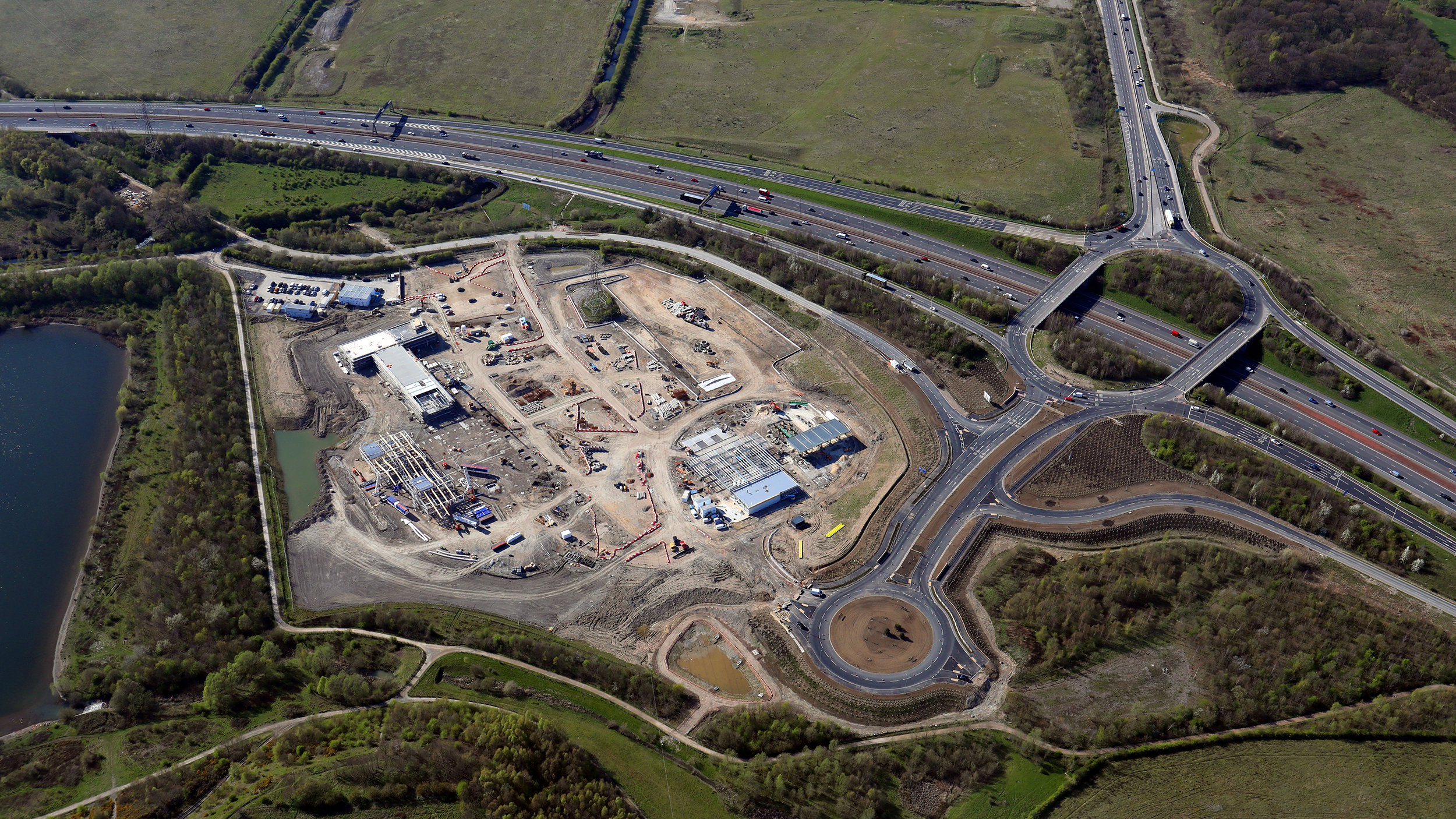
In September 2022, the UK government published a revised version of The Construction Playbook, a document that sets out key policies and guidance for the way public works projects and programmes are assessed, procured and built.
Its stated aim was to 'create a contracting environment that delivers a sustainable, resilient and effective relationship between contracting authorities and the supply chain', resulting in long-term value for all.
Focus shifts from scope to outcomes
As outlined within The Construction Playbook, the government also recommended that projects and programmes adopt an outcome-based approach – because, it believes, a focus on clear and measurable outcomes rather than scope would more readily enable innovation.
In practice, this means thinking about how a building or infrastructure project will be used, allowing for different approaches to be explored while still achieving the same positive outcomes.
This could mean, for example, specifying that desks in an office are sufficiently lit for detailed tasks, rather than detailing a set of requirements for lighting fixtures.
For those involved in contracting, the question can be how to implement this outcome-based approach.
At BSI, our role has been to collaborate with government, industry, and stakeholders alike to enable a consensus-based, consistent approach. Our objective is to ensure that good practice is established, disseminated and observed by the built environment sector.
Publications advise on achieving value for money
It has been a lengthy process to arrive at the publication of BSI Flex 390 v.2.0:2023.
In 2006, following a joint initiative by Department of Trade and Industry and Constructing Excellence on the Rethinking Standards in Construction report, work began on what would become BS 8534:2011 Construction procurement policies, strategies and procedures. Code of practice.
This work aimed to change procurement practices to embed whole-life, sustainable, integrated and measurable ways of working into contractual arrangements.
Developed with the support of Constructing Excellence, the standard included recommendations on key areas such as:
- to include best value, key performance indicators (KPIs), and incentives to achieve a common agreed goal when undertaking cost management
- value management studies to establish business and stakeholder needs as well as to agree KPIs
- business cases to consider whether the investment offers value for money
- incorporating value-for-money criteria in change control procedures
- managing risk and value throughout the project.
This work was subsequently used to inform the development of guidance on strategy and tactics for construction procurement, BSI ISO 22058:2022. This was published last year, alongside the first iteration of a specification for value-based decision-making in the built environment: BSI Flex 390.
Specification scorecard aims to inform decisions
Intended for client organisations and their advisers, BSI Flex 390 specifies the requirements for implementing a consistent approach to value-based decision-making when managing a built environment project, or a discrete activity within a project. It includes provisions that relate to:
- engaging stakeholders
- identifying factors that influence outcome
- developing a value scorecard for each use case
- incorporating value scorecards in the tender process.
This work builds on that of the Construction Innovation Hub (CIH), in relation to its value toolkit.
For example, a building surveyor could use a value scorecard when asked to assess a project's value for money.
Rather than identify the most cost-effective approach where an item of the same value is specified for a lower cost, they could select an option that provides higher value for the same cost. Using BSI Flex 390 and the scorecard means value can be more easily quantified and compared.
'BSI Flex 390 specifies the requirements for implementing a consistent approach to value-based decision-making'
Second iteration seeks to unify best practice
Earlier this year, a second iteration of BSI Flex 390 was published. This incorporates several improvements to address public comments received after the initial publication.
An example of one such improvement was to unify best practice in the procurement of building and infrastructure works by strengthening its relationship to existing good practice, such as the CIH value toolkit, BS ISO 22058 and the ISO 10845 construction procurement series.
It is intended for use by those who are responsible for investing or planning to invest in built assets. This includes organisations appointed to advise asset managers, such as investment managers and analysts, commercial managers, cost managers or surveyors, and design managers.
Fresh approach can enable sustainable society
BSI Flex 390 is just one part of taking an outcome-based approach that encourages innovation and encourages best practice across the sector. BSI hope that, through the publication of BSI Flex 390, whole-life value rather than capital cost will become the prevailing factor when making key decisions.
Ultimately, for the built environment sector to meet the vision for it outlined within The Construction Playbook, there must be new approaches to design, building, procurement and operations.
Organisations and their advisers that conform with the revised BSI Flex 390 will be able to improve the value of the works they procure – ultimately ensuring projects are better and completed more quickly and sustainably.

